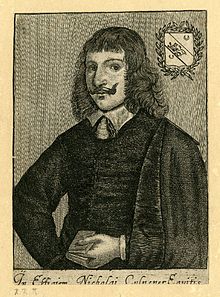Medicinal herbs

Herbs were used in prehistoric medicine. As far back as 5000 BCE, evidence that Sumerians used herbs in medicine was inscribed on cuneiform. In 162 CE, the physician Galen was known for concocting complicated herbal remedies that contained up to 100 ingredients.
Some plants contain phytochemicals that have effects on the body. There may be some effects when consumed in the small levels that typify culinary "spicing", and some herbs are toxic in larger quantities. For instance, some types of herbal extract, such as the extract of St. John's-wort (Hypericum perforatum) or of kava (Piper methysticum) can be used for medical purposes to relieve depression and stress. However, large amounts of these herbs may lead to toxic overload that may involve complications, some of a serious nature, and should be used with caution. Complications can also arise when being taken with some prescription medicines.
Herbs have long been used as the basis of traditional Chinese herbal medicine, with usage dating as far back as the first century CE and far before. In India, the Ayurveda medicinal system is based on herbs. Medicinal use of herbs in Western cultures has its roots in the Hippocratic (Greek) elemental healing system, based on a quaternary elemental healing metaphor. Famous herbalist of the Western tradition include Avicenna (Persian), Galen (Roman), Paracelsus (German Swiss), Culpepper (English) and the botanically inclined Eclectic physicians of 19th century/early 20th century America (John Milton Scudder, Harvey Wickes Felter, John Uri Lloyd). Modern pharmaceuticals had their origins in crude herbal medicines, and to this day, some drugs are still extracted as fractionate/isolate compounds from raw herbs and then purified to meet pharmaceutical standards.
There is a record dated 1226 for '12d for Roses for Baron's Chamber and in 1516 for flowers and rushes for chambers for henry the 9th
Certain herbs contain psychoactive properties that have been used for both religious and recreational purposes by humans since the early Holocene era, notably the leaves and extracts of the cannabis and coca plants. The leaves of the coca plant have been chewed by people in northern Peruvian societies for over 8,000 years, while the use of cannabis as a psychoactive substance dates back to the first century CE in China and northern Africa.
Indigenous Australian peoples developed "bush medicine" based on plants that were readily available to them. The isolation of these groups meant the remedies developed were for far less serious diseases than the western illnesses they contracted during colonisation. Herbs such as river mint, wattle and eucalyptus were used for coughs, diarrhea, fever and headaches.
Comments
Post a Comment